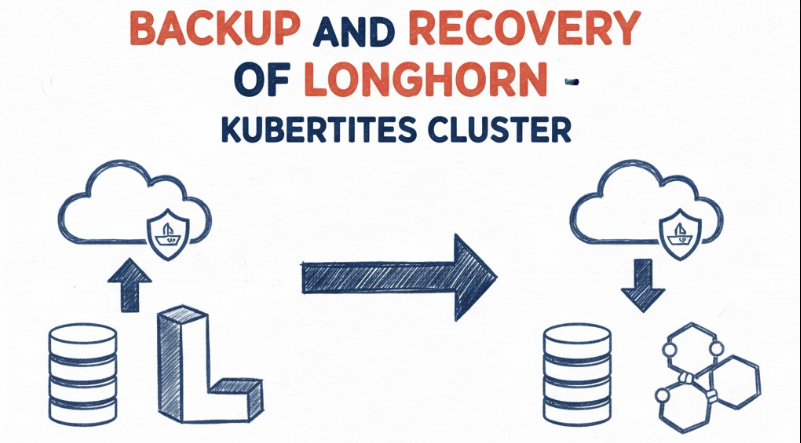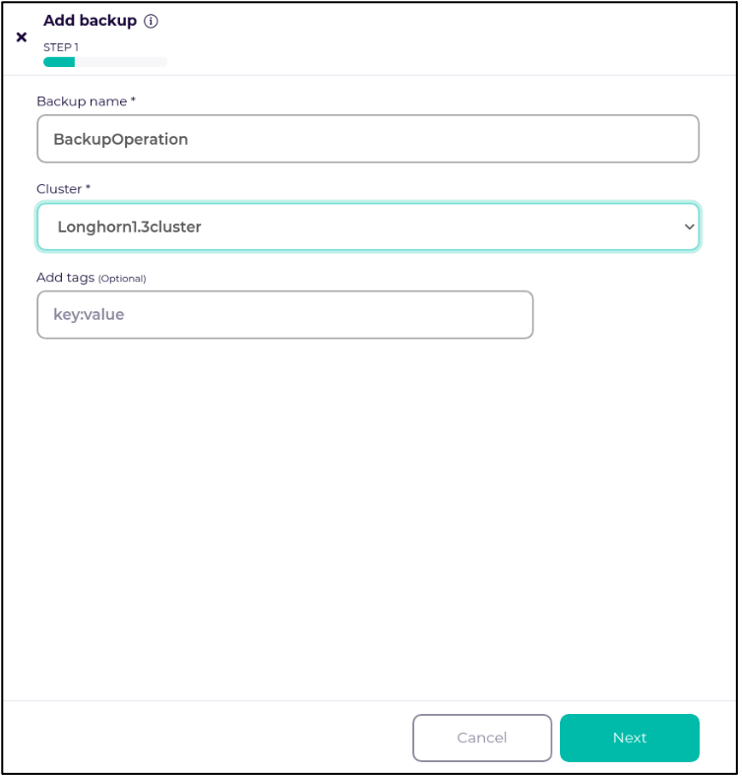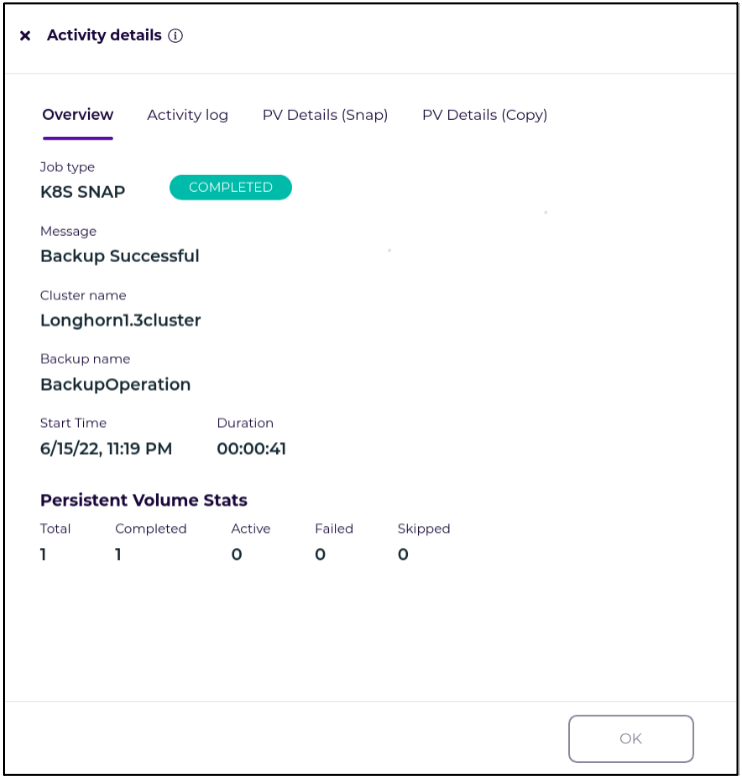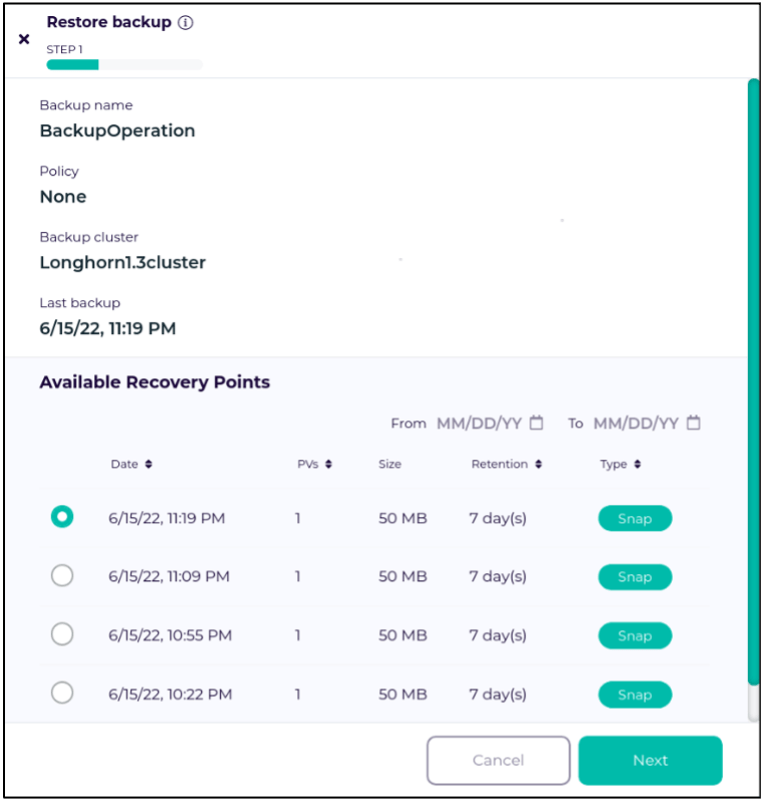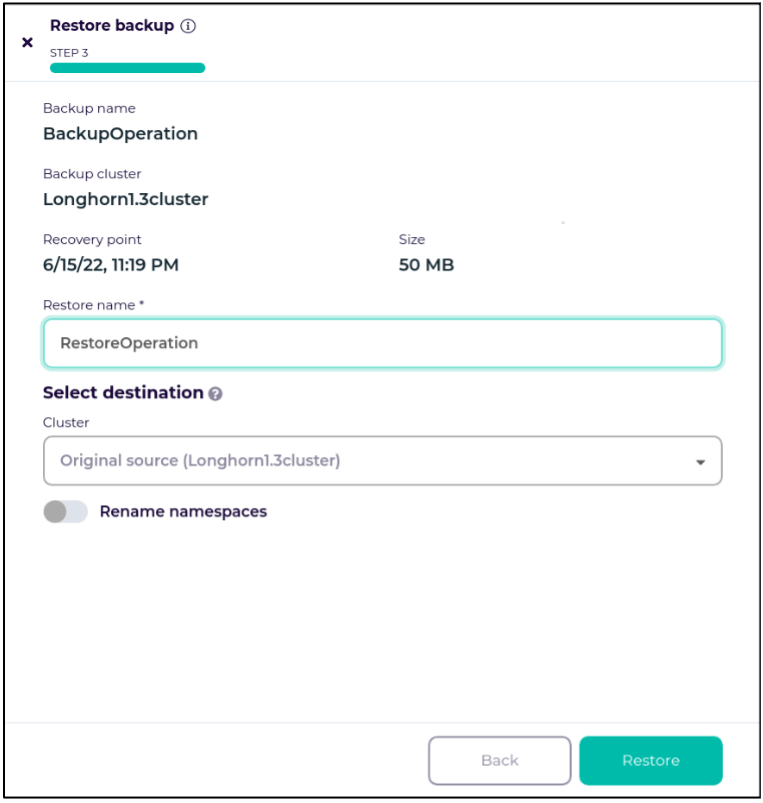CloudCasa DR for Storage for Longhorn
With the latest release, CloudCasa introduces DR for Storage, delivering low-RTO disaster recovery by leveraging Longhorn’s storage-level remote volume replication. This new capability goes beyond snapshot and backup workflows by continuously replicating Longhorn volumes to a remote cluster, ensuring near-instant recovery in case of failures or outages.
You can enable CloudCasa DR for Storage directly on your source and destination clusters from the Clusters → Disaster Recovery page. Once configured, CloudCasa automatically monitors replication health and provides one-click failover and failback between clusters. This feature is designed for production environments where business continuity and RTOs matter most, complementing CloudCasa’s existing snapshot and backup protection for Longhorn volumes.
